Introduction
Women’s clothing in Pakistan is a reflection of the country’s rich cultural heritage, diverse traditions, and evolving fashion industry. Over the years, Pakistani women’s fashion has beautifully merged traditional styles with contemporary trends, offering a wide array of choices suitable for different occasions. From the graceful shalwar kameez to intricately designed bridal wear and modern fusion outfits, Pakistani women’s clothing caters to all preferences and lifestyles.
This article explores the traditional and modern trends in women’s clothing in Pakistan, popular fabrics, seasonal attire, emerging designers, and the growing influence of fashion brands.
Traditional Pakistani Women’s Clothing
- Shalwar KameezThe shalwar kameez is the national dress of Pakistan and remains the most popular choice among women of all ages. It consists of a tunic (kameez) paired with loose trousers (shalwar) or fitted pants (churidar). The outfit is complemented by a dupatta (scarf), which adds grace and elegance to the overall look.Variations of the shalwar kameez include:
- Anarkali Suits – Featuring a flared kameez that adds a regal touch.
- Straight-cut Kameez – A modern version that pairs well with cigarette pants.
- Palazzo Suits – A blend of traditional and contemporary styles with wide-legged pants.
- SareeThough not as commonly worn as the shalwar kameez, the saree holds a special place in Pakistani fashion. Women prefer sarees for formal events, weddings, and parties. Luxurious fabrics like chiffon, silk, and banarasi are used to create stunning sarees with intricate embroidery and embellishments.
- Lehenga CholiA staple for brides and wedding attendees, the lehenga choli consists of a long skirt (lehenga) paired with a blouse (choli) and a dupatta. Heavy embroidery, zardozi, and stonework make lehengas highly desirable for special occasions.
- Abayas and HijabsMany women in Pakistan opt for abayas and hijabs as part of their everyday and religious attire. Abayas have evolved to include stylish cuts, embroidery, and modern designs, making them both modest and fashionable.
Modern and Western Influences
With globalization and the rise of fashion-conscious consumers, Western clothing has become increasingly popular among Pakistani women. Modern women, especially those in urban areas, incorporate the following styles into their wardrobes:
- Jeans and Tops – A common choice for casual wear, jeans paired with trendy tops offer comfort and style.
- Maxi Dresses – Long flowing gowns inspired by Western fashion that are often worn at parties and formal gatherings.
- Tunics and Trousers – A fusion of Eastern and Western styles, tunics with trousers or leggings are widely embraced by working women.
- Jumpsuits – A contemporary addition to women’s fashion, jumpsuits are worn at semi-formal events and social gatherings.
Fabrics and Materials in Pakistani Women’s Clothing
The choice of fabric plays a crucial role in Pakistani women’s clothing, considering the country’s diverse climate and cultural preferences. Some of the most commonly used fabrics include:
- Cotton – Lightweight and breathable, perfect for everyday wear, especially in summer.
- Lawn – A refined version of cotton, lawn is the go-to fabric for summer due to its comfort and variety of prints.
- Silk – Used for formal and bridal wear, silk adds luxury and sophistication to outfits.
- Chiffon – A popular fabric for evening gowns and sarees due to its flowy texture.
- Velvet – Favored in winter, velvet outfits exude elegance and warmth.
- Linen – A natural fabric that provides comfort and a refined appearance in warmer weather.
Seasonal Trends in Pakistani Women’s Clothing
- Summer Fashion (March – September)
- Lightweight lawn suits with vibrant prints and floral patterns dominate summer fashion.
- Loose and airy silhouettes ensure comfort during high temperatures.
- Light colors such as pastels, whites, and soft pinks are preferred.
- Winter Fashion (October – February)
- Warm fabrics like wool, velvet, and pashmina are widely used.
- Darker hues such as maroon, navy blue, and deep green are trending.
- Layering with shawls, jackets, and sweaters adds both warmth and style.
- Spring and Autumn Fashion
- Transitional outfits such as mid-weight fabrics and versatile styles cater to fluctuating temperatures.
- Floral patterns, bold colors, and digital prints remain in demand.
Top Pakistani Fashion Designers and Brands
Pakistan’s fashion industry boasts several renowned designers and brands catering to women’s clothing. Some of the most influential names include:
- Maria B – Famous for her elegant bridal and formal wear collections.
- Sana Safinaz – Known for luxurious lawn collections and chic formal attire.
- Asim Jofa – Specializes in exquisite embroidered ensembles.
- Nomi Ansari – Recognized for his bold color combinations and wedding outfits.
- Elan – A premium brand offering sophisticated and modern clothing.
- Khaadi – A leading name in casual and formal wear, offering a blend of traditional and contemporary styles.
- Gul Ahmed – A trusted name for quality lawn, winter collections, and prêt wear.
The Rise of Online Shopping for Women’s Clothing in Pakistan
With the advancement of e-commerce, online shopping has revolutionized the way Pakistani women buy clothes. Popular online platforms include:
- Daraz.pk – A marketplace featuring numerous fashion brands.
- Limelight – Offers a vast collection of ready-to-wear and unstitched suits.
- Sana Safinaz Online Store – Allows customers to browse and purchase designer wear conveniently.
- J. (Junaid Jamshed) – A trusted brand for traditional and modest fashion.
- Brands Own Websites – Many leading designers have their own websites for direct sales.
Online shopping provides benefits such as convenience, a wide range of choices, and frequent discounts. However, customers must ensure the authenticity of sellers to avoid counterfeit products.
Cultural and Regional Influences on Pakistani Women’s Fashion
- Punjab – Brightly colored outfits, intricate phulkari embroidery, and heavily adorned dresses dominate Punjab’s fashion.
- Sindh – Sindhi ajrak and mirror-work embroidery add uniqueness to women’s clothing.
- Balochistan – Women wear long, heavily embroidered dresses with intricate needlework.
- Khyber Pakhtunkhwa – Modest and traditionally inspired clothing styles prevail.
Conclusion
Women’s clothing in Pakistan is a dynamic mix of tradition and modernity. Whether embracing the classic elegance of a shalwar kameez, the regal charm of a saree, or the trendiness of fusion wear, Pakistani women have an extensive array of fashion choices. With a booming fashion industry, the rise of e-commerce, and increasing global influences, Pakistani women’s fashion continues to evolve while staying deeply rooted in cultural heritage. The diverse range of clothing styles ensures that women can express their individuality while maintaining a connection to their rich traditions.


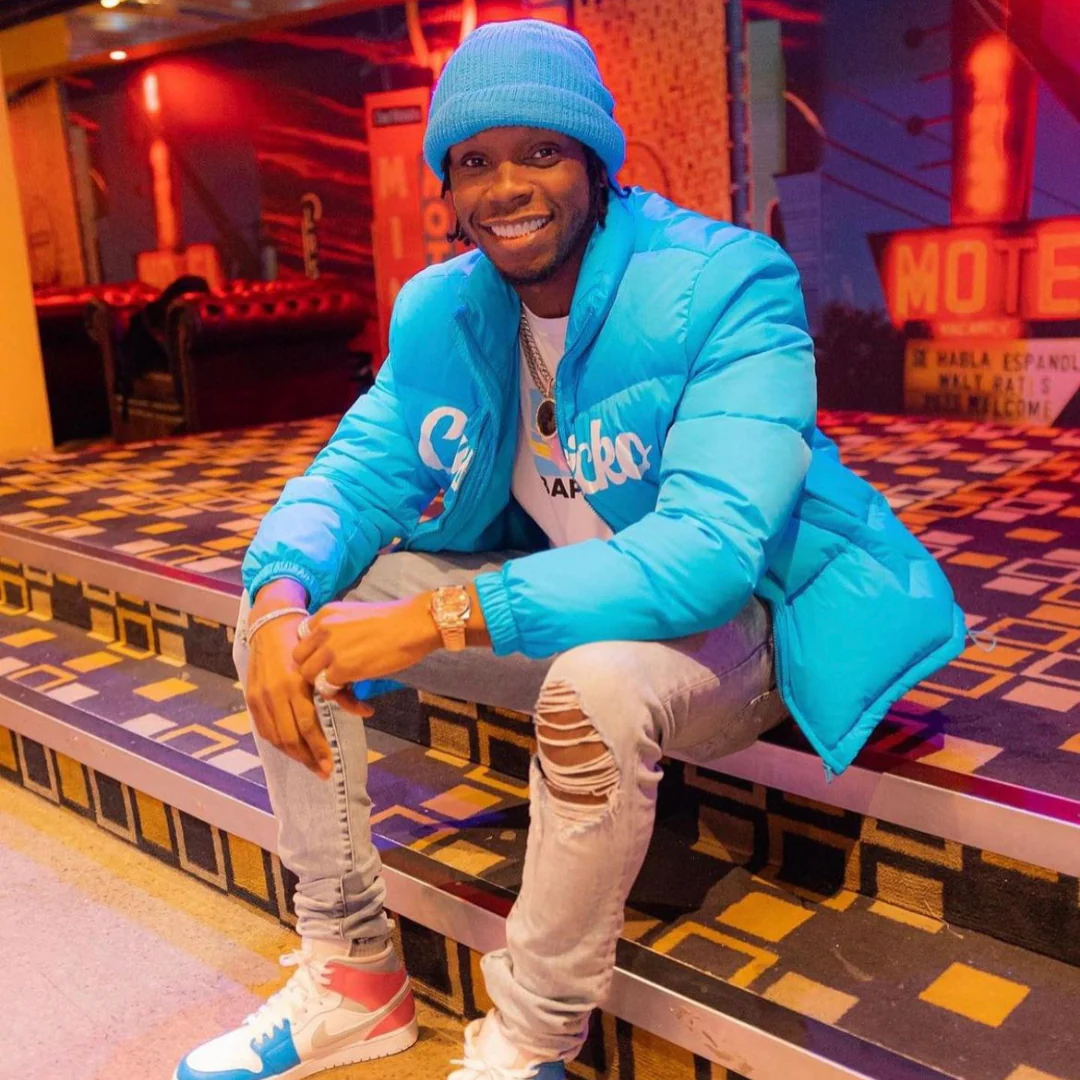

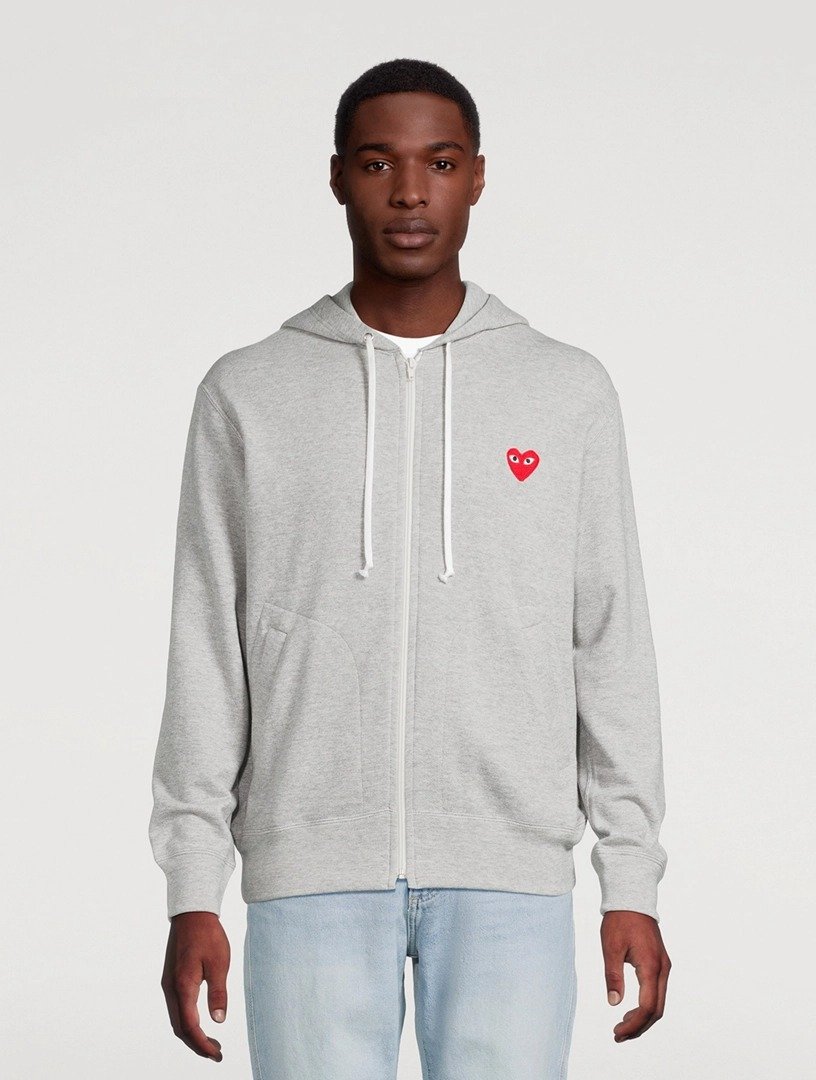
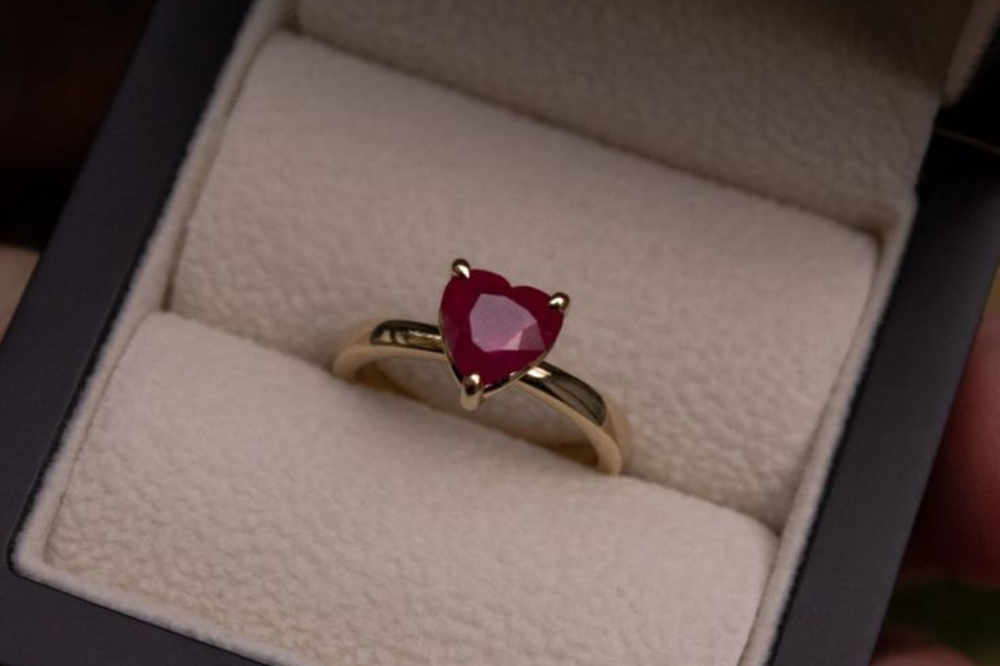
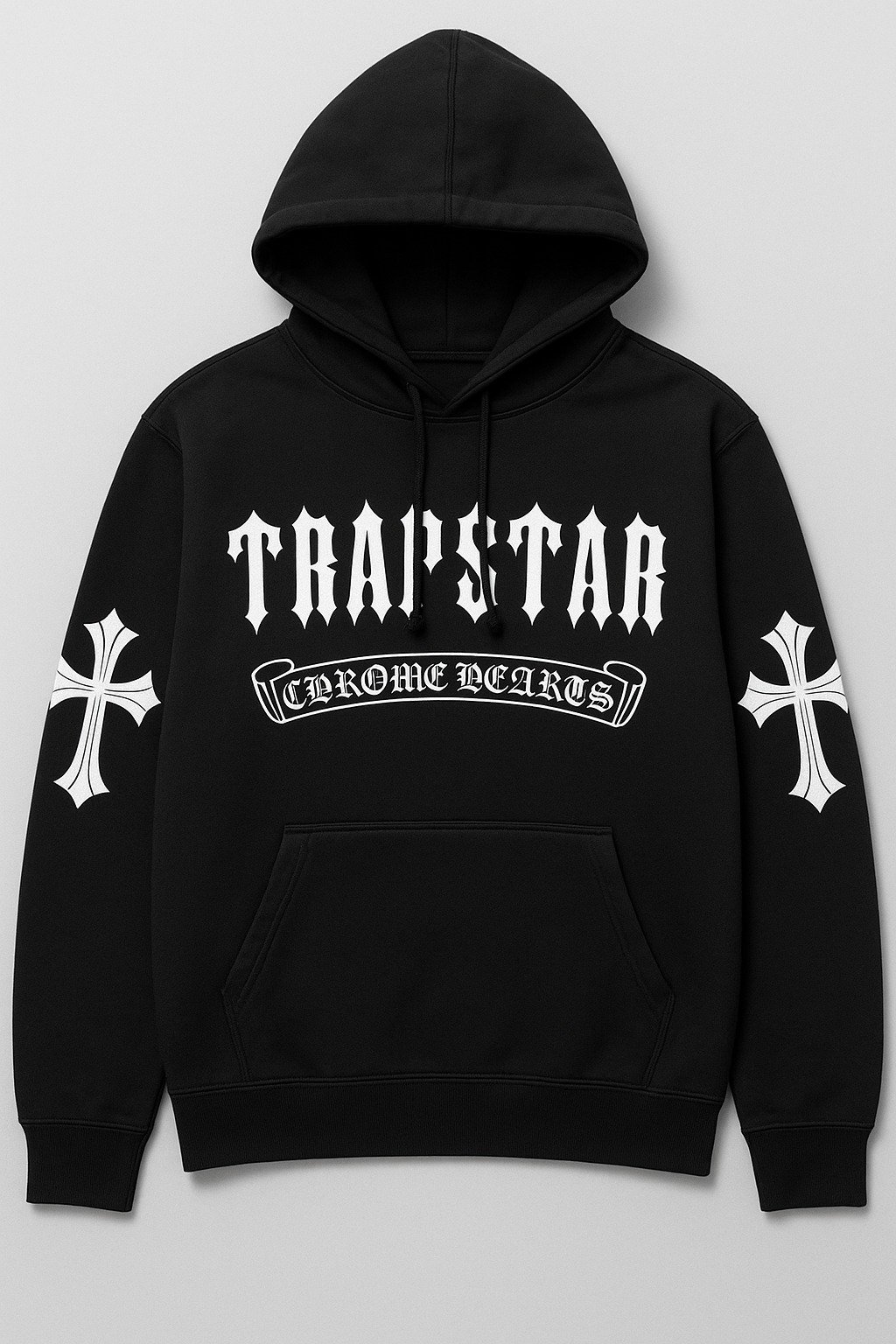
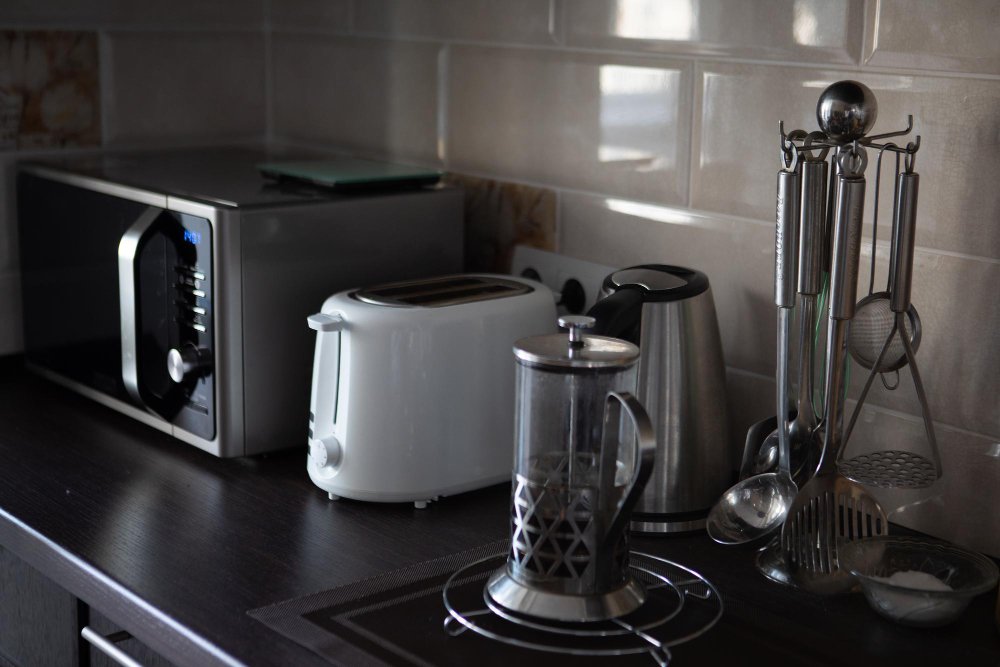
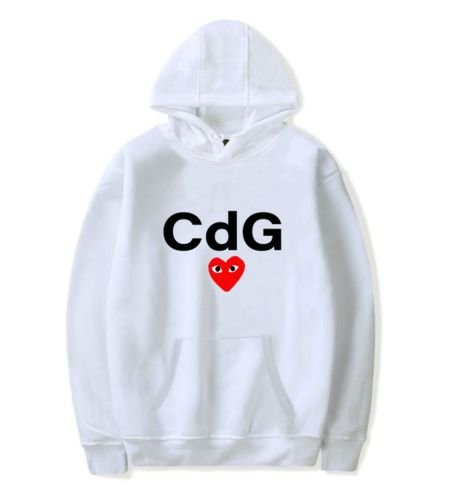
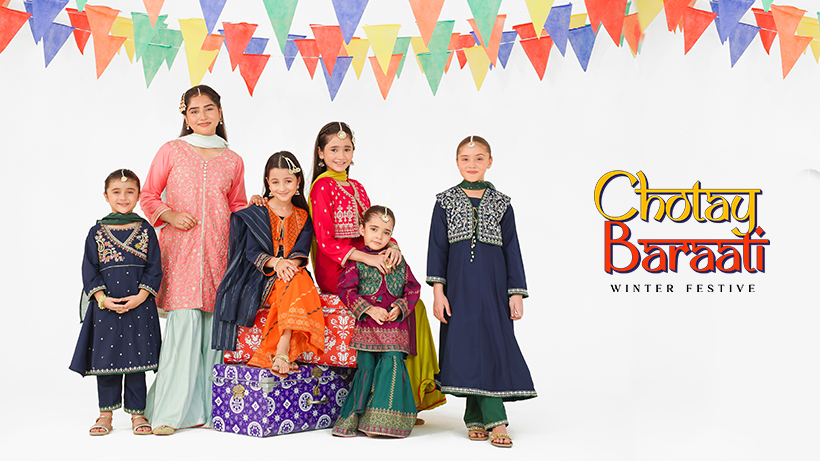
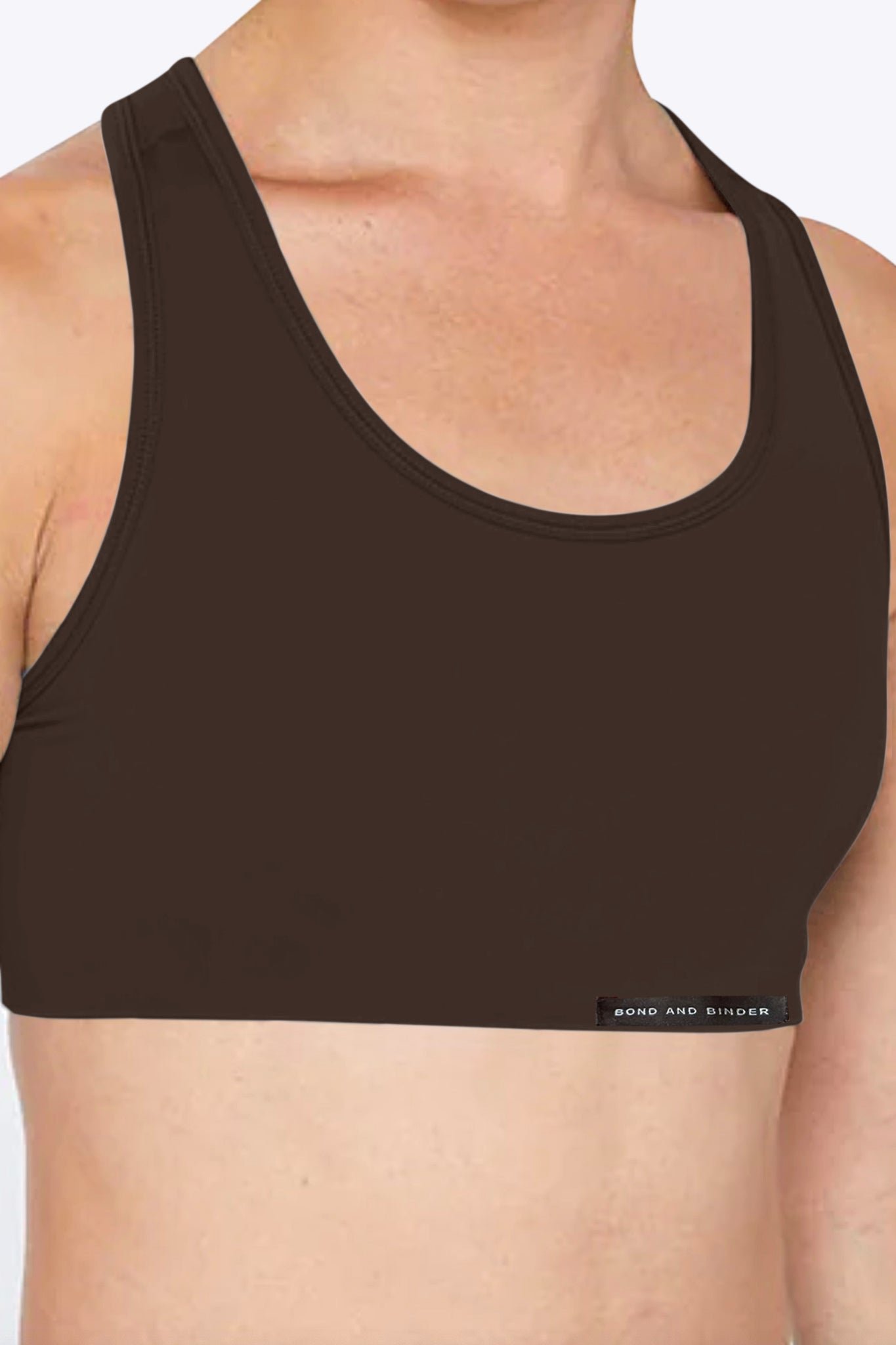




Leave a Reply